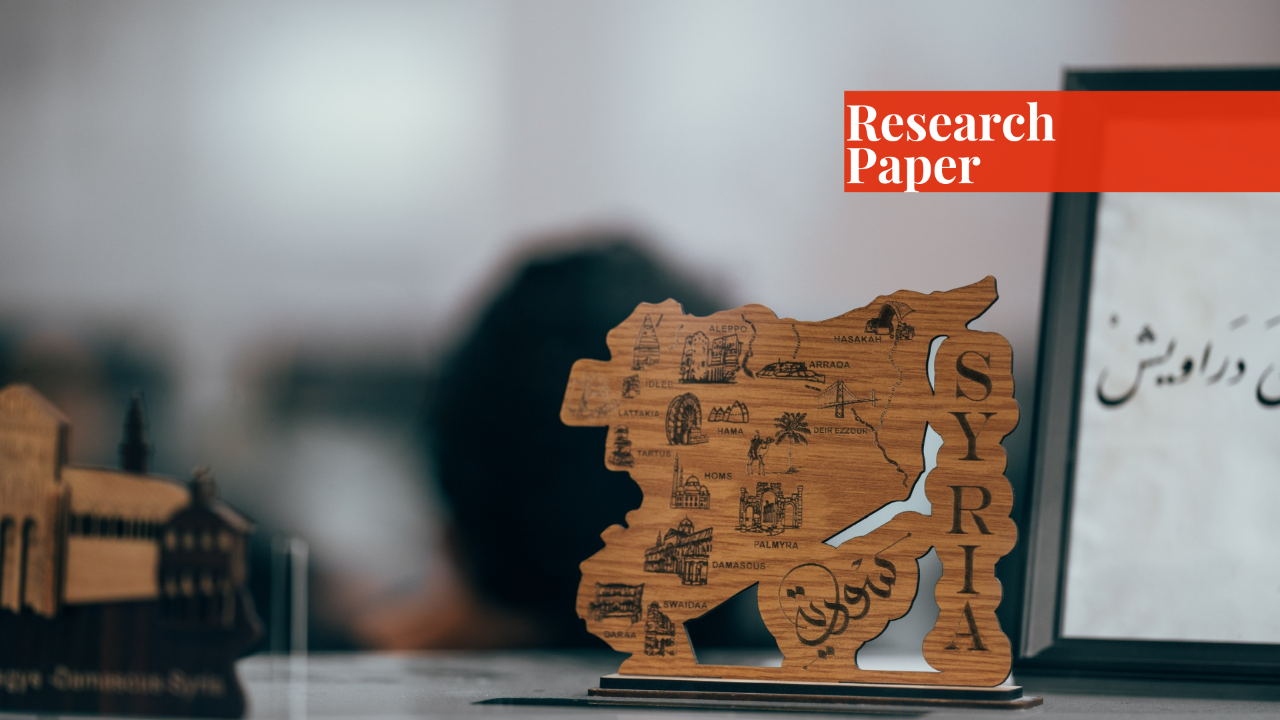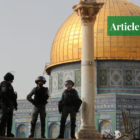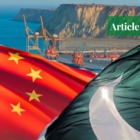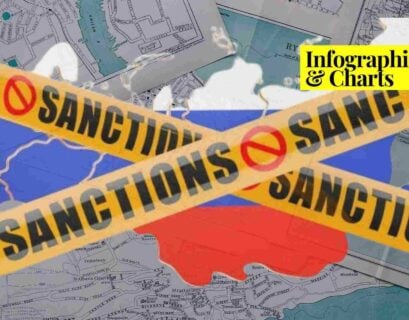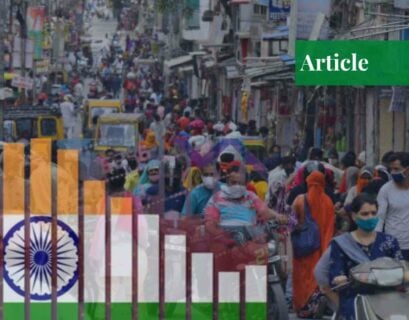Mr. Shams Uddin is a final year student of International Relations. He holds strong expertise in varying fields of knowledge ranging from politics, literature, history, and philosophy. He has worked as a freelance writer for over two years.
Contemporary Constitutional Challenges to the Syrian Political System
There exist several logistical, constitutional, and security impediments that do not allow for the common Syrians to vote freely or run for office.1 Syria is considered to be very far away from holding any free and fair elections, and so often the Constitution is considered to be the biggest challenge to the political system.
The current constitution that the Syrian Arab Republic follows currently is the 2012 Constitution. However, the same constitution has also been considered to be the most basic resistance and challenge to fair elections concerning the rights of the internally displaced (IDPs) and the refugees, living outside the state.
Article 84
Article 84, through paragraphs 2 and 4, while identifying the prerequisite for a candidate appearing in the elections, limits the involvement of refugees by making it mandatory for the candidate to be current Syrian citizens.2 As for constitutional obstacles, the Syrian constitution stipulates in paragraph (5) of Article 84 that “the presidential candidate must have resided in Syria for at least 10 consecutive years prior to his/her candidacy”.
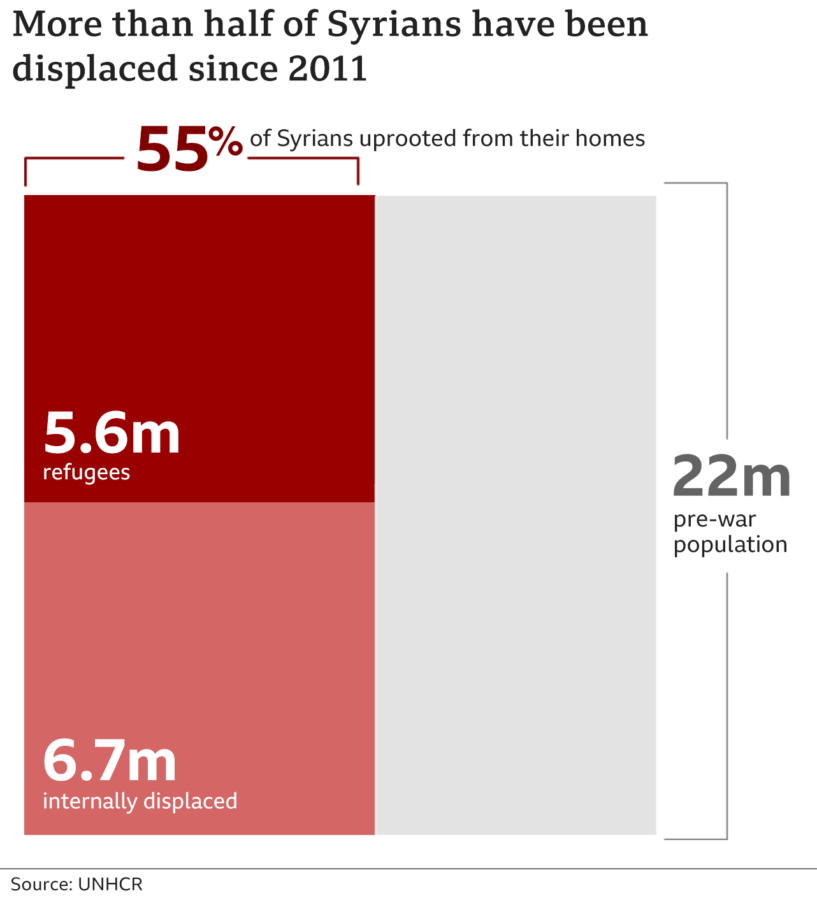
Accordingly, about six million refugees who were forcibly displaced outside Syria since 2011 are immediately excluded from running for office.3 Moreover, Paragraph 2 excludes all the political activities that were part of the movement of Arab Spring and National Opposition Coalition, as it calls for the candidate to be aloof from any violence or felony, but all former political prisoners fail this condition.
Article 85
Article 85, through identifying the legal procedure for the nomination of any candidate to appear for the elections, gives more powers to the President. According to Art. 85. Para.2., the candidacy application shall be made to the supreme constitutional committee, whereas according to Art. 141, the Supreme Constitutional Court members are appointed by a presidential decree, which indirectly gives power to the president concerning nominations.
People’s Assembly is the unicameral legislature in the political system of Syria, where exist the majority of presidential party candidates. According to Art. 85. Para.3, for a candidate to be nominated, the support of at least 35 members of the People’s Assembly is considered mandatory. However, the People’s Assembly is appointed by President and so the President has indirect control over the elections itself.
Syrian Nationals, the IDPs, the Refugees, and the Legal Challenges Concerning their Participation in the Political System
The Syrian refugees are the people who were externally displaced, more particularly in 2014 and 2016, with the rise in the state’s civil war. Under current laws, Syrians abroad can only vote at Syrian embassies, and according to the electoral register approved by the Syrian regime, this can only occur with a valid Syrian passport with a regular exit stamp, which most displaced Syrians do not have.4
The Syrian nationals can be divided into two categories: the ones that are living in the regime-controlled areas, and the IDPs who are identified by their presence in the state for years. However, IDPs are often considered to be not given any chances of participating in political activity because of their lack of documentation, as a majority of Syrian refugees – 70 percent – do not have their national ID card.5
In Syria, there exist two frameworks for addressing the question of the electoral system in Syria. The Constitution and the governmental electoral bodies, which fetch their legitimacy from the state’s post-independence legal structures.
A few of the major historical government electoral steps are the Penal Code of 1949, and the Nationality Law of 1969, which identifies the nationality of people based on their paternity. The Civil Status Law of 2007 and Current Electoral Laws of 2016 are a few that address the question of the participation of refugees and the IDPs in the political process.
The Contemporary Ethnic Challenges
Syria is a state with a population of almost 22.5 million, where there exist divisions over the ethnic and sectorial line; ethnically speaking, for most of its part, it consists of the Alawites, Sunni Arab, and Kurd as prominent ethnic groups, and when it comes to sectorial lines, there exist Sunni and Shia divides. However, since the withdrawal of the French, to date, the Alawite minority has been ruling the large Sunni majority of the state.
Consequently, ethnic stratification is considered to be the main threat to the social contract in the Syrian Arab Republic. Historically, sectarianism has caused the national identity to fail, and thus national opposition to fail because while Allawi’s supported the political regime, most Sunnis and Kurds joined the opposition.6
The main challenges that the ethnic factions often face are the absence of a power-sharing mechanism and the existence of non-inclusive governance. Moreover, political and economic exclusion, wealth gap, and external intervention have caused the development of a complex Syrian political identity.
Ethnic polarization is one of the reasons for some of the political parties looking for the federalization of Syria, and Kurds’ Autonomous Administration of North and East Syria (SDF) is one of the prominent examples.
Proposed Solution for the Constitutional and Ethnic Challenges in Syria
When it comes to addressing both the ethnic and the constitutional challenges, the very first proposed solution that is supported by the Syrian Opposition and also the international community through the Geneva Communique of 6th July 2012, Resolution 2254 of UNSC of 18th December 2015, is to rewrite the Syrian Constitution; to make the state’s judiciary Independent and to amend the electoral laws.
There is a need for a comprehensive political framework, both through theory and also in practice. Most actors from the moderate opposition acknowledge taking the minorities’ fears seriously and providing them with guarantees of participation in a future political order while stopping short of the option of power-sharing arrangement between community representatives.7
Main Political Stakeholders in Syria
Syria doesn’t have much stronger opposition, as the constitutional impediments bar new and stronger opponents to appear at the scene through its harsh conditions of nomination. The very first thing that needs to be cleared is that Syria provides an example of a state with both small and large numbers of political parties, some of them being motivated by their individual reasons of separation like the Kurdish forces, while others continue with the goal of overthrowing the existing government. However, there also exist rebel groups that have been aided by different external and internal actors.
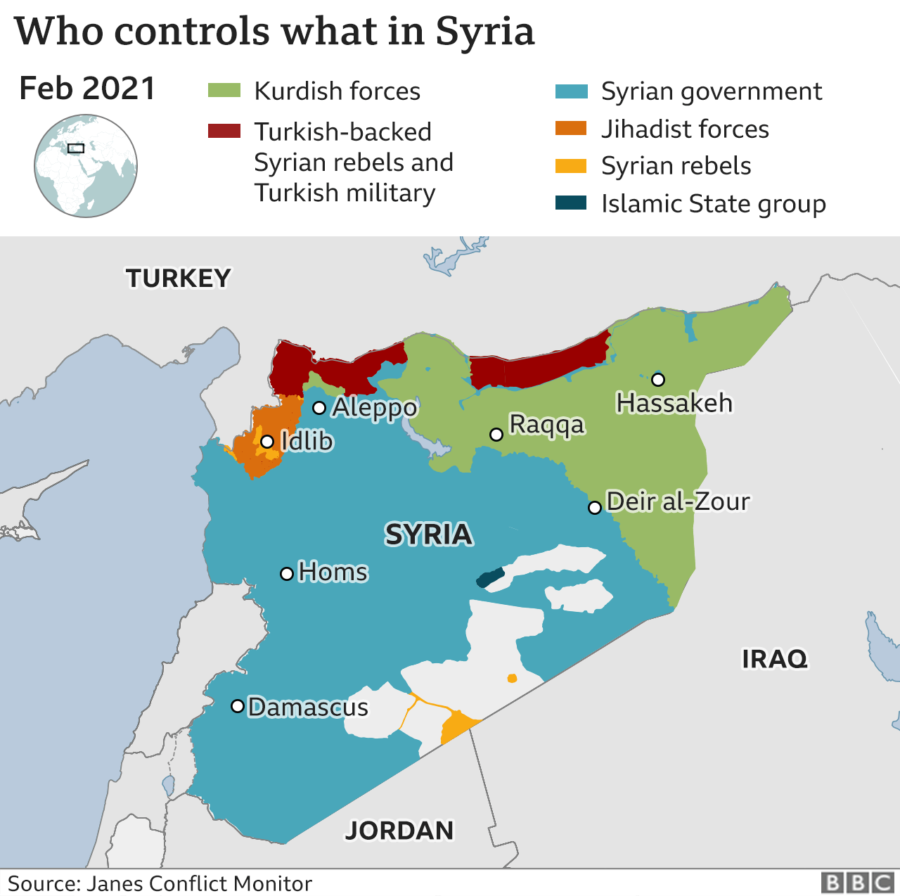
| Political Groups | What do they want? |
| National Progressive Front (Ba’ath Party) | The motto of unity, liberty, and socialism To preserving the unity of the homeland and consolidating national unity To ensure the participation of citizens in the political system |
| National Coalition for Syrian Revolutionary and Opposition Forces (EITLAF) | Opposition to and replacement of Bashar al-Assad’s government Do not engage in any dialogue or negotiations with the regime Upholding the opposition’s commitment to a civil, democratic Syria |
| Syrian Negotiation Commission (SNC). | All-inclusive, democratic, and pluralistic regime. Favors Resolution 2254 of UNSC |
| National Co-ordination Committee (NCC). | Political settlement rather than a revolt. Refuses foreign military intervention8 |
| Syrian Democratic Council | To create a secular, democratic, and federalized Syria To combat the growing Turkish occupation of Northern Syria To maintain control over the Autonomous Administration of North and East Syria |
Conclusion
Syria provides an example of a very complicated form of political system, one that has been affected by the external powers through their involvement in the political process for the different groups. Consequently, the state needs to address the concerned issue by reaching a consensus with the regional and international actors for the establishment of a credible, inclusive, and non-sectarian government and a new constitution for free and fair elections in Syria.
Endnotes
1 Atassi, Haya. 2021. “Syria: An Election That Can’t Be Free.” Syrian Association for Citizen Dignity (SACD), 2021. https://www.ispionline.it/it/pubblicazione/syria-election-cant-be-free-30597
2 Syrian Arab Republic: Constitution, 26 February 2012. Accessed 16 June 2021.
3 Atassi, Haya. 2021. “Syria: An Election That Can’t Be Free.” Syrian Association for Citizen Dignity (SACD), 2021. https://www.ispionline.it/it/pubblicazione/syria-election-cant-be-free-30597
4 Atassi, Haya. 2021. “Syria: An Election That Can’t Be Free.” Syrian Association for Citizen Dignity (SACD), 2021. https://www.ispionline.it/it/pubblicazione/syria-election-cant-be-free-30597
5 FERRIS, ELIZABETH, and KEMAL KIRIŞCI. “The Context, Causes, and Consequences of Syrian Displacement.” In The Consequences of Chaos: Syria’s Humanitarian Crisis and the Failure to Protect, 1-32. Washington, D.C.: Brookings Institution Press, 2016. Accessed June 25, 2021. https://www.jstor.org/stable/10.7864/j.ctt1c2cqws.6.
6 Abosedra, Salaheddin Fakih, Ali Haimoun, Nathir, “Ethnic Divisions and the Onset of Civil Wars in Syria.” 2-3, 2020. https://www.researchgate.net/publication/340661816
7 Mahmoud, Rustum, and Stephan Rosiny. Report. German Institute for Global and Area Studies (GIGA), 2015. Accessed June 25, 2021. https://www.jstor.org/stable/resrep07630.
8 2013. Guide to the Syrian opposition. London: BBC. Accessed June 25, 2021. https://www.bbc.com/news/world-middle-east-15798218
Bibliography
- Atassi, Haya. 2021. “Syria: An Election That Can’t Be Free.” Syrian Association for Citizen Dignity (SACD), 2021.https://www.ispionline.it/it/pubblicazione/syria-election-cant-be-free-30597
- Syrian Arab Republic: Constitution, 26 February 2012. Accessed 16 June 2021.Atassi, Haya. 2021. “Syria: An Election That Can’t Be Free.” Syrian Association for Citizen Dignity (SACD), 2021. https://www.ispionline.it/it/pubblicazione/syria-election-cant-be-free-30597
- FERRIS, ELIZABETH, and KEMAL KIRIŞCI. “The Context, Causes, and Consequences of Syrian Displacement.” In The Consequences of Chaos: Syria’s Humanitarian Crisis and the Failure to Protect, 1-32. Washington, D.C.: Brookings Institution Press, 2016. Accessed June 25, 2021. https://www.jstor.org/stable/10.7864/j.ctt1c2cqws.6.
- Abosedra, Salaheddin Fakih, Ali Haimoun, Nathir, “Ethnic Divisions and the Onset of Civil Wars in Syria.” 2-3, 2020. https://www.researchgate.net/publication/340661816.
- Mahmoud, Rustum, and Stephan Rosiny. Report. German Institute for Global and Area Studies (GIGA), 2015. Accessed June 25, 2021. https://www.jstor.org/stable/resrep07630.
- 2013 Guide to the Syrian opposition. London: BBC. Accessed June 25, 2021. https://www.bbc.com/news/world-middle-east-15798218.
If you want to submit your articles and/or research papers, please check the Submissions page.
The views and opinions expressed in this article/paper are the author’s own and do not necessarily reflect the editorial position of Paradigm Shift.
